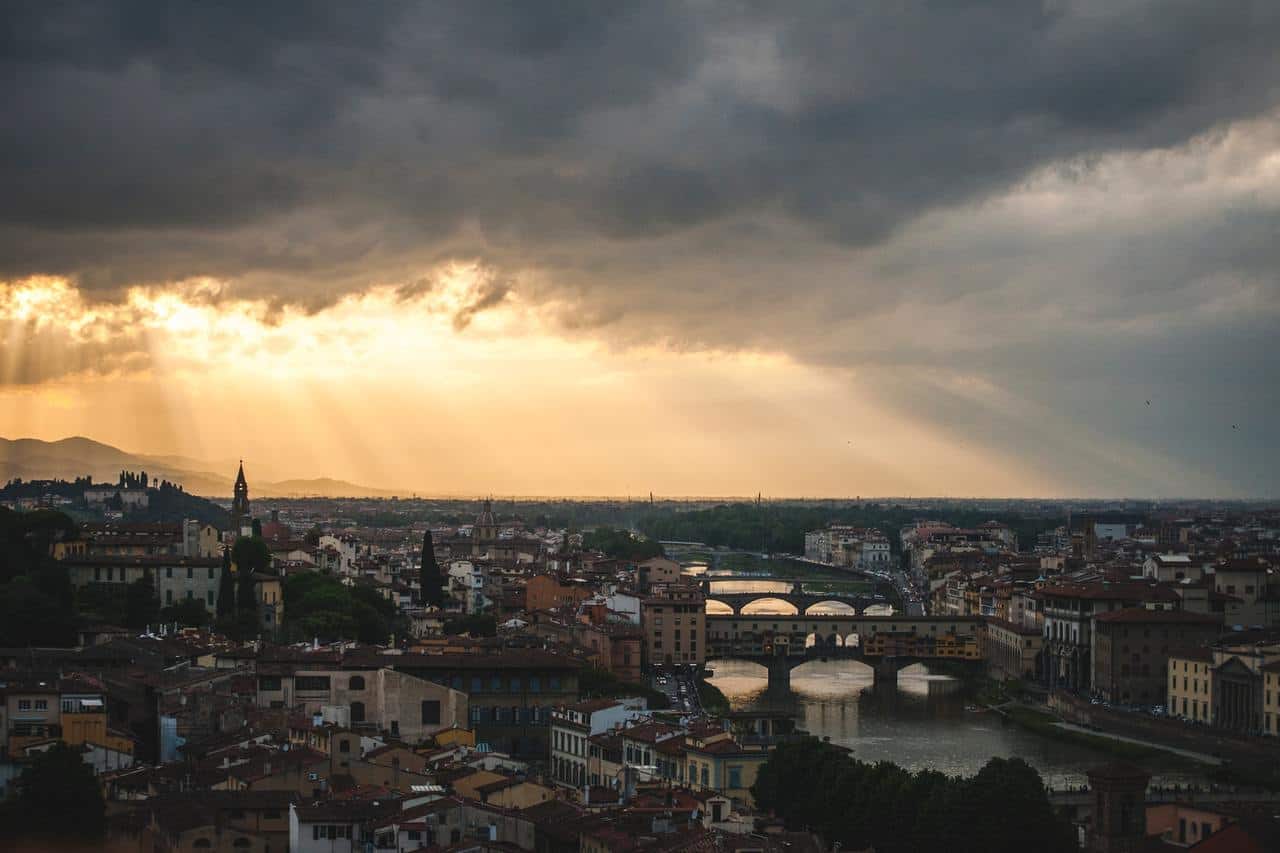Remitió Ruben Piacentini
Nature Briefing
Hello Nature readers,
Today we explore what Pfizer’s landmark COVID vaccine results mean for the pandemic, learn about an HIV-prevention breakthrough for women and enjoy the best of the month’s science images.
(Charlie Berthaume/Aerial Photography Awards)
The month’s best science images
Eibsee Lake in Germany’s Wetterstein mountains is located 973 metres above sea level, and freezes over every winter. This bird’s-eye view shows how the ice starts to melt at the end of winter, revealing patches of the lake’s emerald-green waters around some of its eight islands. The lake formed at the end of the last Alpine glacial period when a glacier withdrew, and was further shaped by a massive landslide more than 3,000 years ago. The shot was taken by photographer Charlie Berthaume and won third place in the waterscapes category of the 2020 Aerial Photography Awards.
See more of the month’s sharpest science shots, selected by Nature’s photo team.
Injection protects women from HIV
An injectable drug called cabotegravir is “a game changer for women” that will help to protect against HIV. Researchers have cut short a clinical trial of the drug after it proved to be dramatically better at protecting women from the virus than was Truvada, a pill that has been the dominant form of pre-exposure prophylaxis. During the trial in sub-Saharan Africa in which women took one of the 2 drugs, 4 women in the cabotegravir group became infected with HIV compared with 34 in the Truveda group. Cabotegravir might also be more convenient because it is a shot taken only once every two months, rather than a daily pill. A similar trial of cabotegravir in men and transgender women was halted in May because of similar success. “For those of us working on HIV in Africa, this is a dream come true. The end of the epidemic is near!” said epidemiologist Kate Grabowski in a Tweet.
The nightside of Jupiter’s moon Europa probably glows in the dark. Experiments on Earth reveal that salty compounds on the moon would emit a green-tinged light because they are bombarded by radiation from Jupiter. Observations of Europa’s real-life glimmer might help to reveal exactly what it’s made of. “If you imagine that you are standing on Europa and looking at the glow under your feet, the brightness would be similar to if you were to stand outside under full moonlight and then look at the ground,” says extra-terrestrial ice scientist Murthy Gudipati.
New Scientist | 2 min read
Reference: Nature Astronomy paper
COVID-19 coronavirus update
| (Dado Ruvic/Reuters) |
|
What Pfizer’s vaccine results mean Yesterday’s news from drug companies Pfizer and BioNTech is an “extraordinary achievement”, say scientists. It is the first compelling evidence that a vaccine can prevent COVID-19 — and bodes well for other COVID-19 vaccines in development. But the information released at this early stage does not answer key questions:
“We need to see the data in the end, but that still doesn’t dampen my enthusiasm. This is fantastic,” says virologist Florian Krammer, who is also one of the trial’s more than 40,000 participants. “I hope I’m not in the placebo group.” Pfizer will seek an emergency use authorization from the US Food and Drug Administration (FDA) around the third week of November. US authorizes first antibody treatment The FDA has its first emergency use authorization for a COVID-19 antibody treatment. Bamlanivimab, from US drug maker Eli Lilly, uses artificially engineered antibodies based on those isolated from people who have recovered from the disease. The treatment is intended only for people with mild to moderate disease who are at risk of developing more serious illness, such as older people — not for those who are already very sick. Features & opinion Boost well-being to counter conspiracies The COVID-19 pandemic created a perfect storm for vulnerability to conspiracy narratives because it has fed feelings of grief, uncertainty, powerlessness and marginalization, argues political psychologist Aleksandra Cichocka. She recommends more research into how our responses to conspiracy theories change over time, better methods of correcting misinformation and a focus on fulfilling the psychological needs that underlie conspiracy belief. “Neglecting the mental-health crisis risks perpetuating an information one,” she writes. Randall Munroe, creator of the webcomic xkcd, tackles the deep mysteries of sand and other granular materials — with the help of soft-matter physicist Karen Daniels and some cartoons. The New York Times | 5 min read Since lockdown is keeping me away from the delights of the British Museum, I’m enjoying the virtual pleasures of its interactive website, The Museum of the World — particularly the audio of curators introducing each exhibit. |
